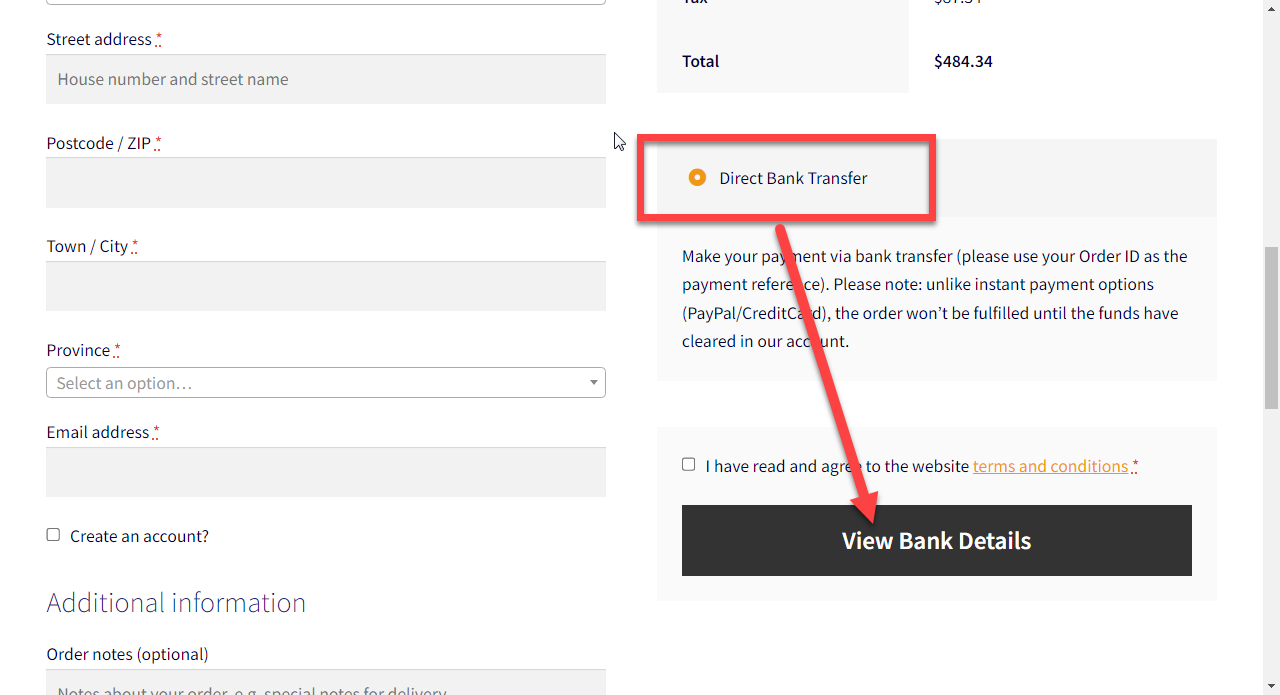
You launched a new feature on your WooCommerce store or added a subscription functionality for your customers but aren’t sure how your customers will take it, if it’ll help them, and wish to review the functionality yourself first?
Or, do you take remote orders over the phone and need a solution that lets you place orders on your WooCommerce store on behalf of your customers?
Well, there’s a solution. Several “Shop As A Customer” plugins are available in the market today for distinct WooCommerce use cases. They help you review your WooCommerce store’s functionalities for optimal performance.
So, in this article, we’ll review the top Shop As A Customer WooCommerce plugins and their main features. But first, let’s see how shopping as a customer can benefit your business.
Continue reading WooCommerce: How to Shop As a Customer


















